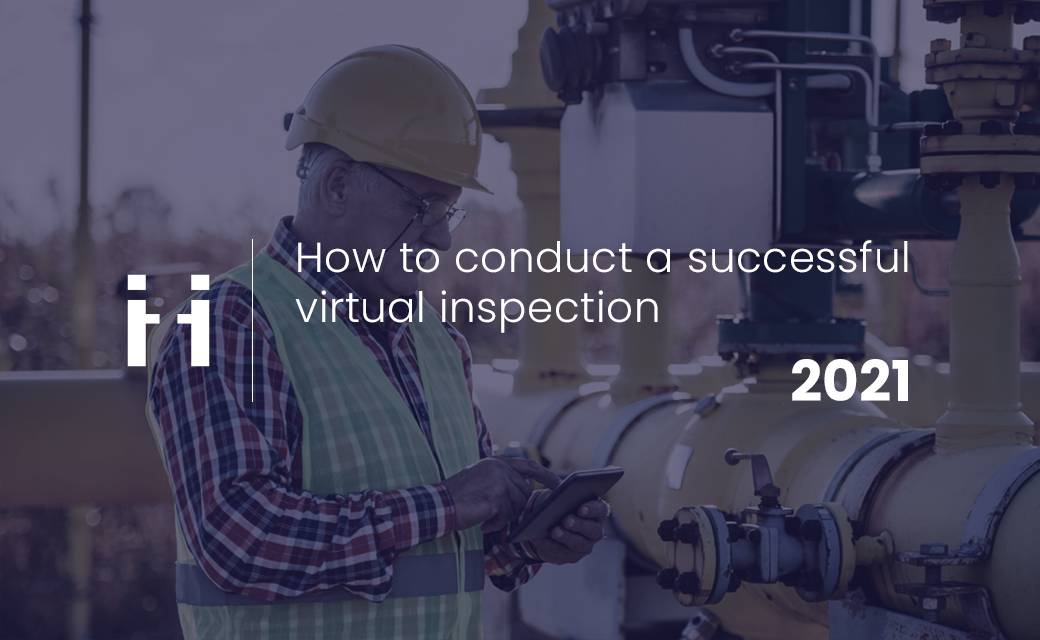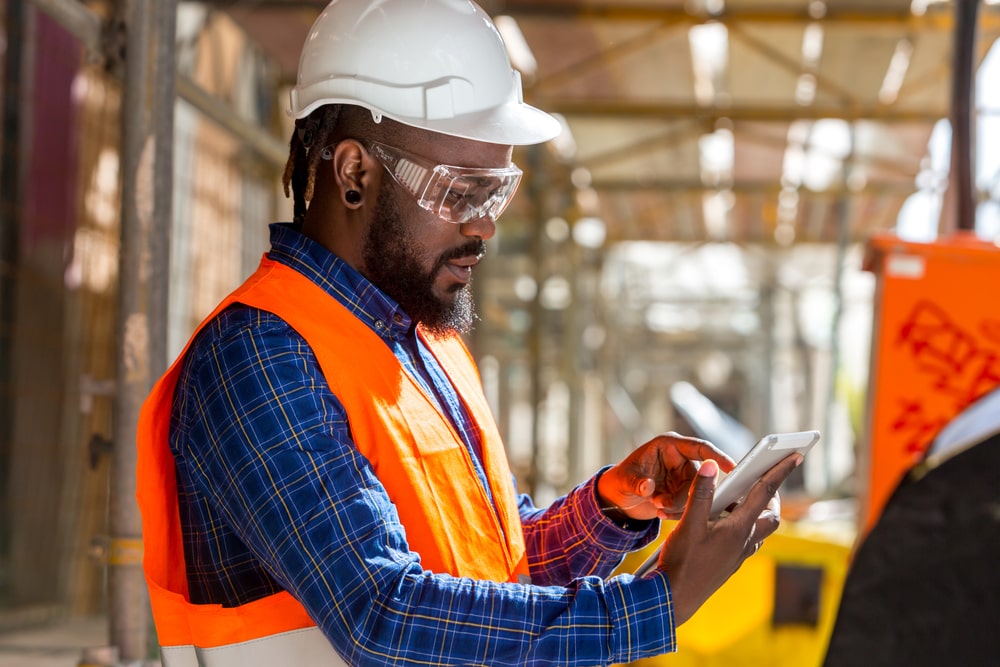
Share this article
Share this article
Inspections are a crucial element to ensuring quality and safety in fields from construction to manufacturing. There are different types of inspections, from site inspections, building inspections, and quality inspections. Each kind of inspection requires certified inspectors with industry-specific know-how. While remote visual inspection has long existed for exceptional use cases like accessing unsafe or narrow spaces, the technology has become more widely available in recent years. Conventional in-person inspections require multiple people to visit the inspection site. The current pandemic underscored the need for social distancing for inspections. In response to this need, virtual inspections have rapidly become commonplace in most industries. So what is a virtual inspection in concrete terms?
Virtual inspection is any inspection conducted remotely where the inspector can see the inspection site in real time over video. Remote inspections should follow the same guidelines as an in-person inspection, except that the inspector views the site through a screen. The inspector must be able to interact with the person filming and give them directions on where to direct the camera. Each type of inspection is conducted by an inspector who is certified for that specific type of inspection. Essentially, the only difference between a remote virtual inspection and a conventional one is the remote video connection.
A virtual inspection uses live-streaming technology to stream an inspection in real-time to an inspector. The person filming uses a smartphone or other device to film the inspection site and transmit the image feed over Wi-Fi or a wireless connection to the inspector. That means the inspector is not watching a pre-recorded video but a live feed with direct contact to the person filming. There is no specific software that inspectors must use for an inspection, but some services work better than others for this use case.
Remote inspections use different services to conduct the assessment, such as Microsoft teams, Google duo, or Zoom. As an alternative with more inspection-relevant features than classic video call solutions, ViiBE is an installation-free web app designed for business users. ViiBE has proven its merits for remote inspection on oil rigs, in factories, and across other industries. Its suite of powerful tools facilitates full traceability to ensure the quality of any examination.
ViiBE is focused on remote visual assistance and is packed with useful features for virtual inspections. It can integrate with RealWear’s AR headsets to allow the inspector to guide the person filming to examine individual components up-close. The inspector can circle important parts or draw on the screen. ViiBE makes it easy to share documents and photos. Finally, ViiBE archives past interactions for easy access in the future. These functionalities make the technology simple to let your inspector focus on their work to complete a successful virtual inspection. Here are some tips for a successful inspection.

Many companies use the same software for video inspections to video call a friend or conduct a business meeting. ViiBE is different. Its functionalities are designed to help the inspector perform an inspection to the same quality as a conventional inspection. While other software has its benefits, the drawback is that it is not designed with remote inspections in mind. Whether your inspector uses a smartphone or the latest AR technology, ViiBE plays well with others. ViiBE is a flexible, platform-agnostic web app that can work well with any device.
Technology can enable great things, but sometimes hardware doesn’t function as expected. Run a test of your video equipment, software, and connection ahead of time to ensure that everything is running smoothly. The International Code Council suggests verifying that the devices are fully charged and cleaning the camera lens before the inspection. You should also test any special equipment needed for the inspection. If it is not, make contingency plans to either upgrade your hardware or, in the worst case, to perform the inspection in person.
ViiBE lets you plan your calls ahead of time so that you can schedule a test call and the inspection call at your convenience. ViiBE version 4.0 is now available, and since ViiBE’s web app is installation-free, it doesn’t require an installation to update.
While you may deeply trust the person conducting the inspection, it is always a good practice to verify the location as a matter of procedure. Use google street view to identify the inspection site ahead of time and confirm that the person filming is at the proper address during the inspection. The National Fire Protection Association gives this suggestion in their guide to implementing virtual inspections.
Prepare the plans and any other important documents ahead of the inspection. As with an in-person inspection, the inspector will familiarize themselves with the inspection site ahead of time. ViiBE V.4 can now schedule calls and its ticket enrichment feature allows participants to share documents or photos in advance of the inspection. Create a knowledge base where you can store this information for future reference. The inspector and the person filming should be able to access this information easily during the inspection. ViiBE makes this easy with its knowledge management and ticketing solutions.
Keeping records is just as crucial for virtual inspections. Remote inspections facilitate record keeping by taking a video record of the inspection. ViiBE can store documents and images shared during a call and organizes past calls with easy-to-find tags. Its ticketing solution can archive multiple calls under one ticket if multiple trips need to be made to the same site to complete an inspection. Past video calls can be accessed for records, quality control, and training purposes.
Virtual inspection is becoming commonplace at a rapid pace in many different industries. ViiBE helps you upgrade to this new practice while preserving the quality of a traditional inspection. Video inspection requires more preparation than a conventional inspection because you need to test your video equipment and connection ahead of time. ViiBE simplifies the preparation for video inspection and empowers your inspector to carry out their job to a high standard. Its thoughtfully designed tools are built from the ground up for business users with knowledge management in mind. Thanks to ViiBE, you can rest assured that implementing a virtual inspection will go off without a hitch!
Free E-book available now!